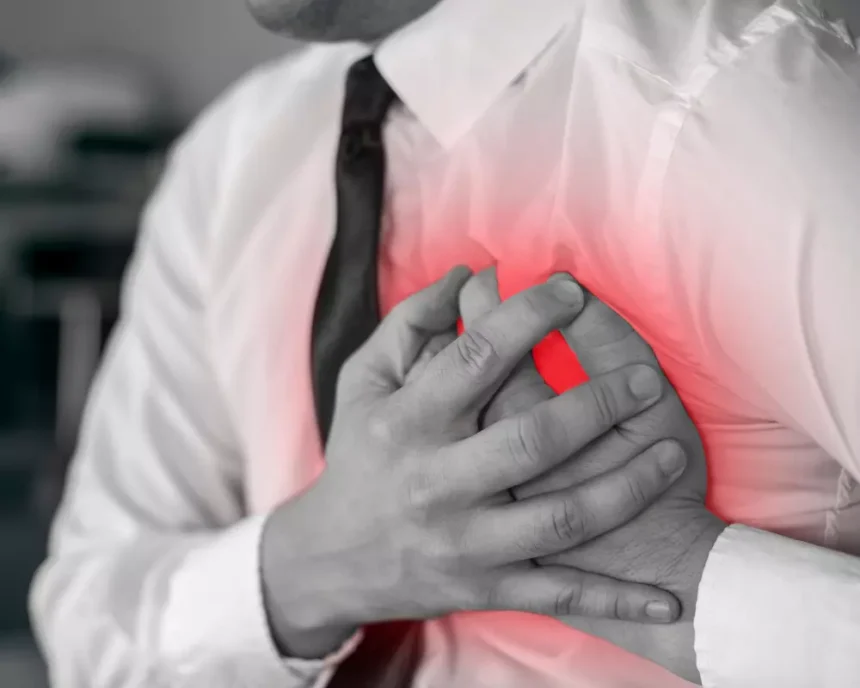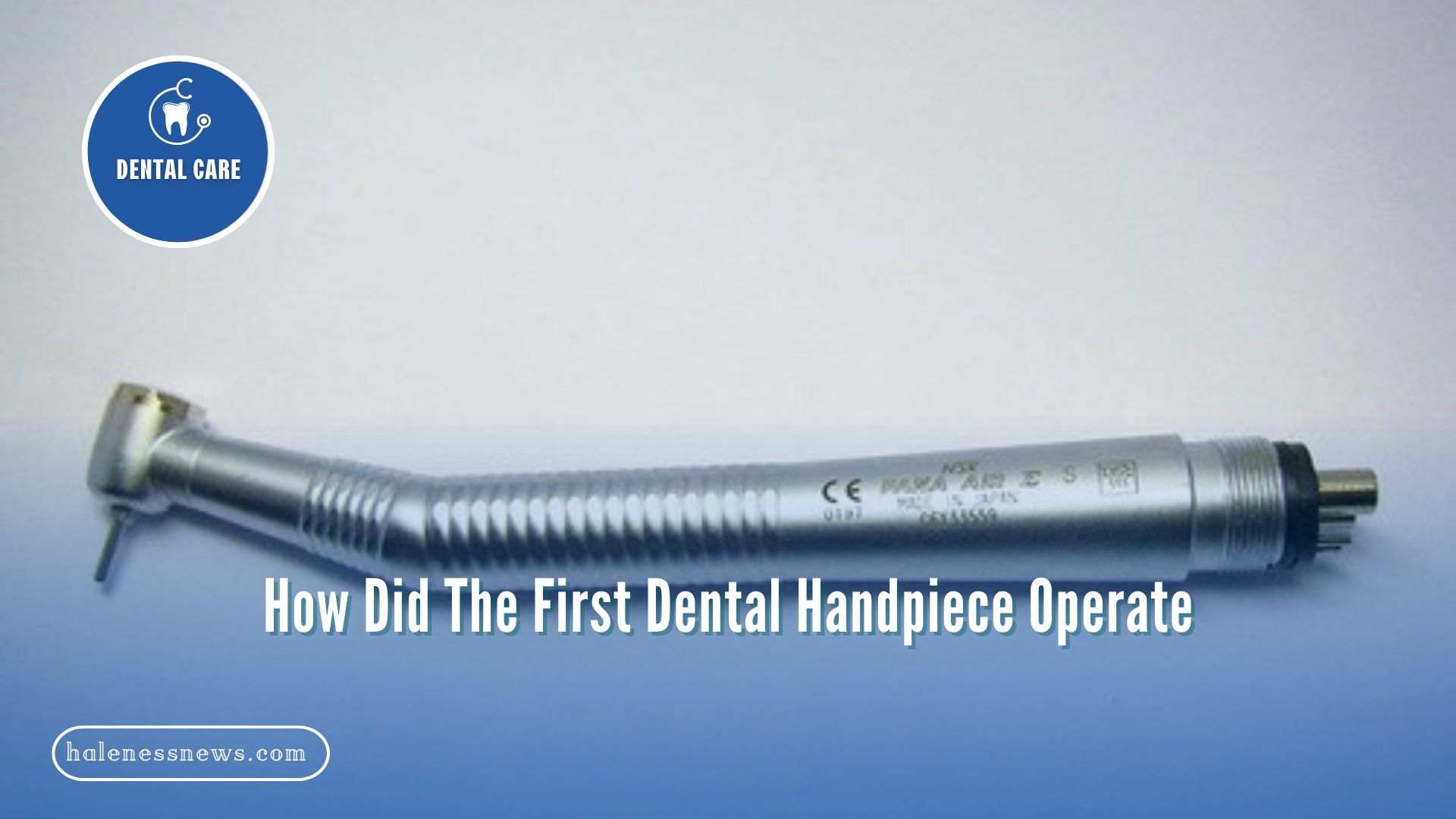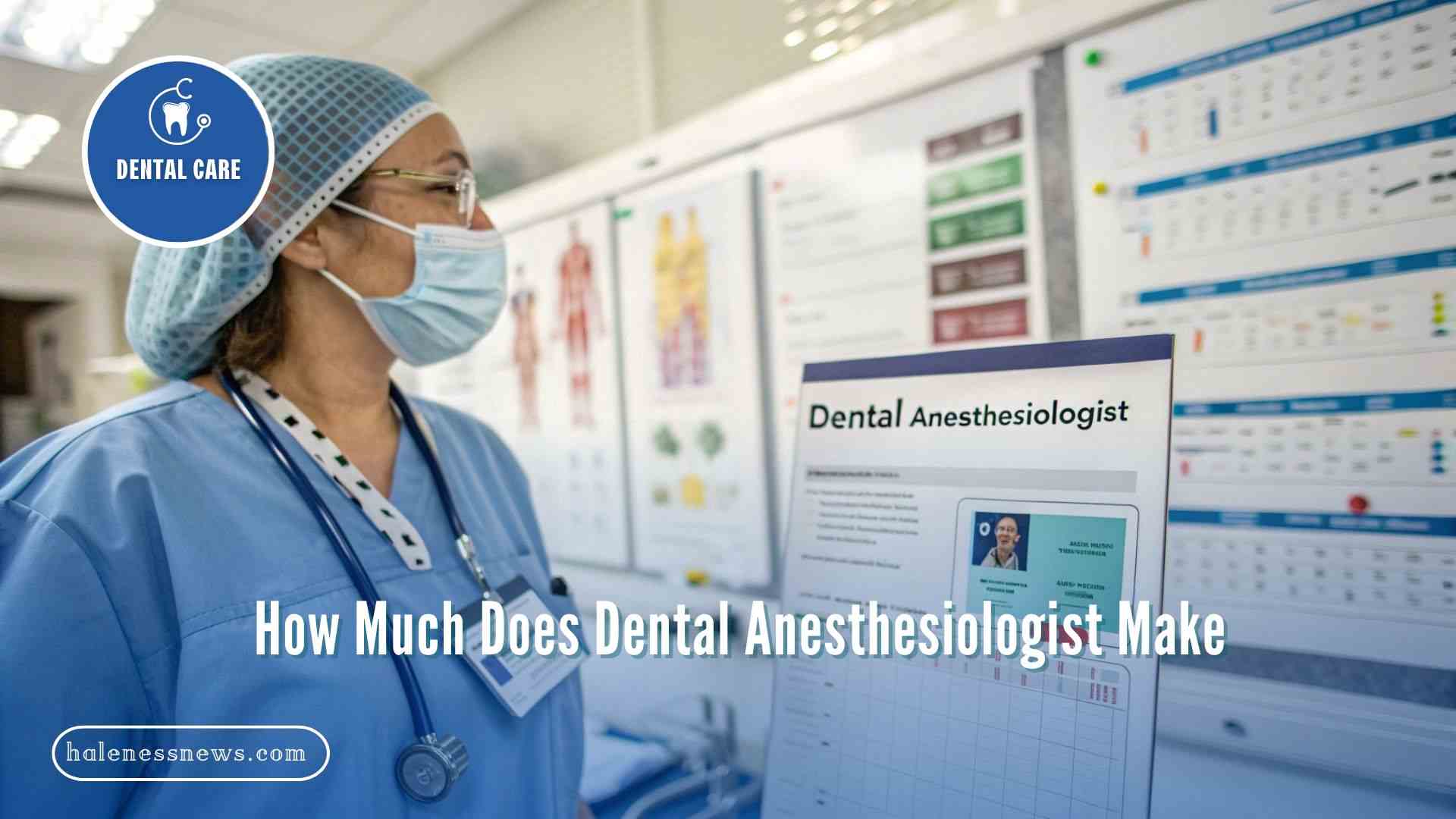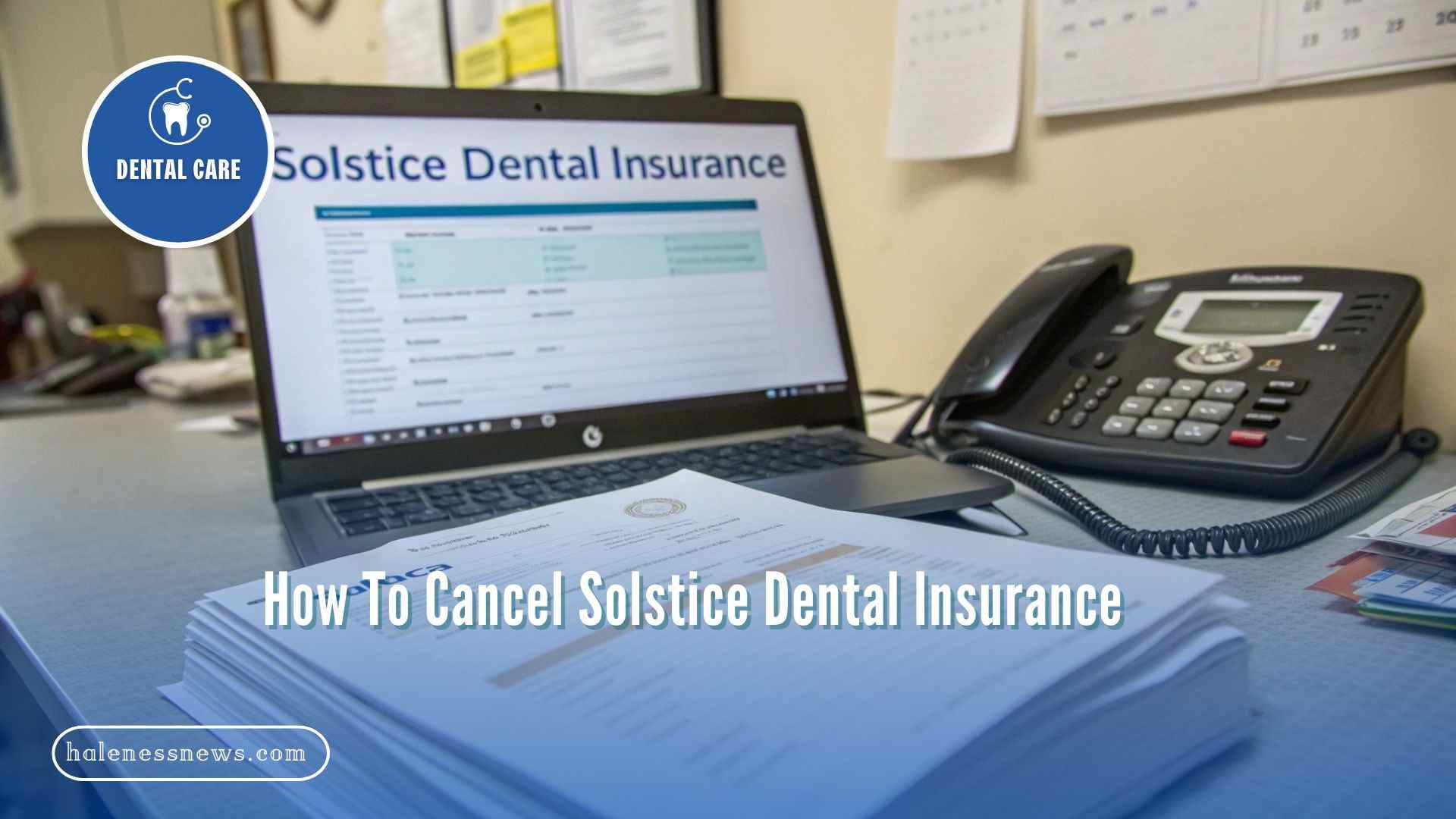Maintaining healthy vascular function is a key component of overall well-being. Your vascular system, consisting of arteries, veins, and capillaries, is responsible for transporting blood throughout your body. Like any other part of the body, it can develop issues over time, especially for certain individuals at risk. Early detection plays a significant role in addressing vascular problems before they progress. Discover how to identify the early signs of vascular issues and take proactive steps to manage your vascular health.
Persistent Leg Pain or Cramping
One of the earliest warning signs of vascular problems is persistent leg pain or cramping, especially during physical activity such as walking or climbing stairs. This can be a symptom of peripheral artery disease (PAD), a condition in which arteries become narrowed due to plaque buildup, thereby restricting blood flow. While the discomfort often subsides with rest, it should not be overlooked, as it may indicate a more serious underlying condition.
Swelling in the Legs, Ankles, or Feet
Unexplained swelling in the lower extremities can indicate poor circulation, often resulting from weakened veins. This could indicate conditions such as deep vein thrombosis (DVT) or chronic venous insufficiency, where blood pools in the legs instead of circulating efficiently. Monitoring this symptom is beneficial, as untreated swelling can lead to complications.
Changes in Skin Color or Texture
Skin discoloration and texture changes can be early warning signs of poor vascular health. Here’s what to look out for:
- Skin discoloration: Legs may appear reddish, bluish, or pale, depending on the type of circulation issue.
- Thinner skin: Restricted blood flow can cause the skin to become thinner.
- Shininess: Skin may develop a shiny appearance.
- Dryness: The skin may feel drier than usual.
These signs often indicate restricted blood flow and can be an early indicator of vascular diseases.
Numbness or Tingling in the Lower Extremities
Experiencing numbness or tingling in the legs or feet can be a sign of compromised blood flow. Peripheral artery disease symptoms frequently include this sensation as reduced circulation can affect the nerves and tissues in the lower limbs. This warning sign should be taken seriously, especially if it occurs regularly or worsens over time.
Slow-Healing Sores or Ulcers
Sores or ulcers on the legs or feet that do not heal within a normal timeframe may point to vascular problems. Poor circulation can impair the body’s ability to repair damaged tissue, resulting in prolonged wound healing. These slow-healing wounds are often attributed to peripheral artery disease and, in some cases, diabetes-related vascular complications.
Visible Varicose Veins or Spider Veins
Visible veins on the legs can be an early sign of venous insufficiency. Here’s what to watch for:
- Bulging varicose veins or smaller spider veins on the legs.
- These visible veins may seem cosmetic, but could indicate circulation issues.
- Regularly monitor vein visibility and watch for symptom progression.
Early Detection
Identifying vascular issues early is beneficial for maintaining long-term health and preventing complications. Recognizing these warning signs and consulting with a healthcare professional can enable timely intervention. Noninvasive and minimally invasive procedures, such as sclerotherapy for varicose veins or medications to enhance blood flow, are commonly effective treatments for early-stage vascular problems. Lifestyle changes, such as incorporating physical activity and following a balanced diet, can further support vascular health.
Take Action Against Vascular Problems
Monitoring the health of your vascular system is a step in preventing potential complications. If you’ve noticed any vascular warning signs, it may be time to seek professional evaluation. Specialists can provide comprehensive diagnostic and treatment options tailored to your needs. Don’t wait, schedule your consultation today!
- How Acupuncture Can Complement Other Forms of Pain Relief
- Understanding the Emotional and Physical Benefits of a Breast Lift
- Toothache or Infection? How to Tell the Difference and What to Do About It
- Hypertension in Women: Symptoms and Management
- How Orthopedic Specialists Tackle Sports Injuries Effectively









